ATHEAt flight experiment – on the road in Norway for next generation of space transport

Whales, puffins, 2500 inhabitants, one airport – this is Andenes, a small town at the northern tip of Norway's Andøya island. Located approximately 300 kilometres above the Arctic Circle, it is also Europe's northernmost launch site for sounding rockets. Here, idyllic nature meets high-tech – and in autumn 2025, right in the middle of it all, a team from the German Aerospace Center (DLR). Their goal is to successfully launch the ATHEAt flight experiment from Andøya Space. The experiment is scheduled to fly over the Atlantic for approximately 170 seconds at an altitude of just over 50 kilometres, reaching speeds between Mach 8 and 10. This is the 'hypersonic' regime – and it is particularly fascinating: at such speeds, the viscous airflow around the vehicle surface reaches extremely high gas temperatures. These lead to major aerothermal loads on the structure of the aircraft and trigger unusual chemical reactions on its surface. At the same time, the aerodynamic forces acting on the vehicle at such high speeds and relatively low altitudes are extreme and difficult to manage.
Technology and know-how for new, reusable space transport vehicles
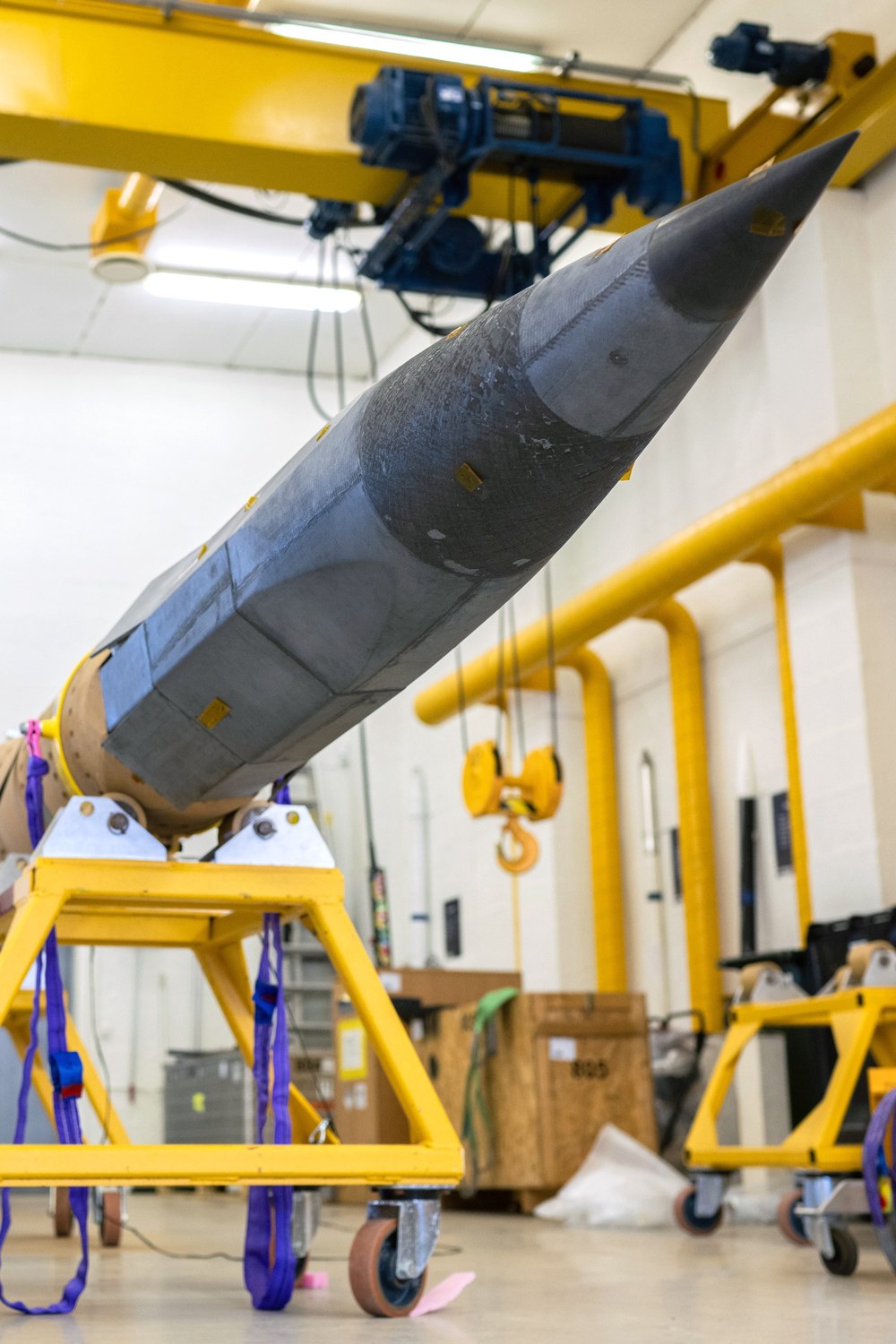
All of this will become crucial for the future, as more and more spaceflight components are to be used several times – becoming reusable. When re-entering the atmosphere, these components must reliably withstand extreme conditions. To develop necessary technologies, DLR uses flight experiments – initially on a smaller scale – always complemented and repeatedly refined with sophisticated simulations, computer design and component tests on the ground. With this approach and many years of experience, DLR has gained international recognition in the field.
The ATHEAt project builds on the wealth of experience gained from a series of successful flight experiments. Each time, DLR researchers have pushed the envelope further. ATHEAt is designed to fly at high speeds between Mach 8 and 10 for significantly longer than its predecessors. This is expected to mark a new milestone that is eagerly awaited not only by the scientific community. For the space industry, atmospheric re-entry at extreme speeds remains one of the toughest hurdles in the development of reusable, and therefore more economical, transport systems to space.
A treasure trove of data within reach
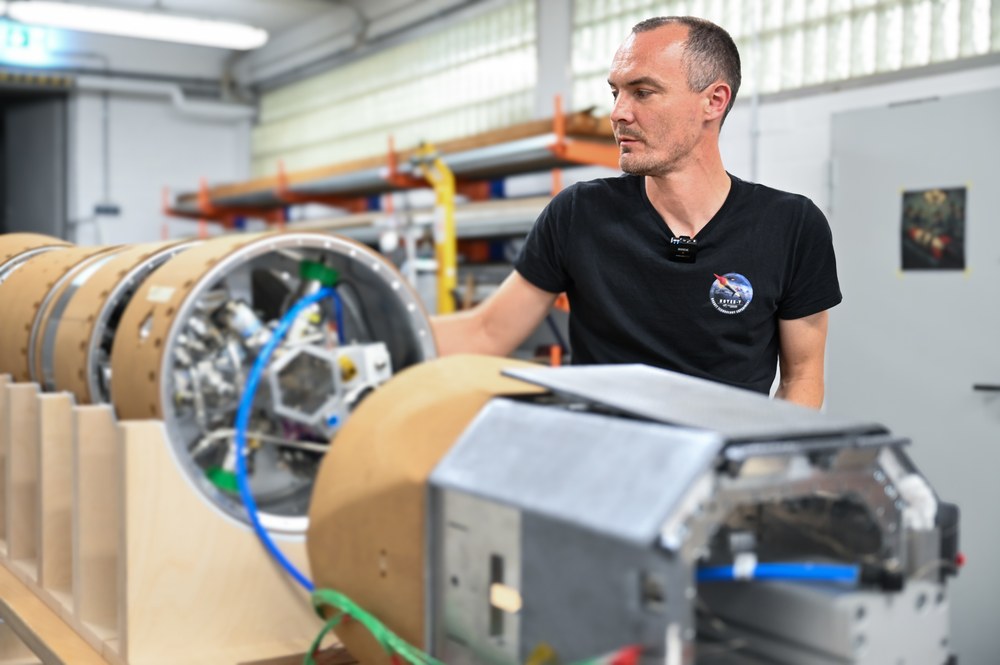
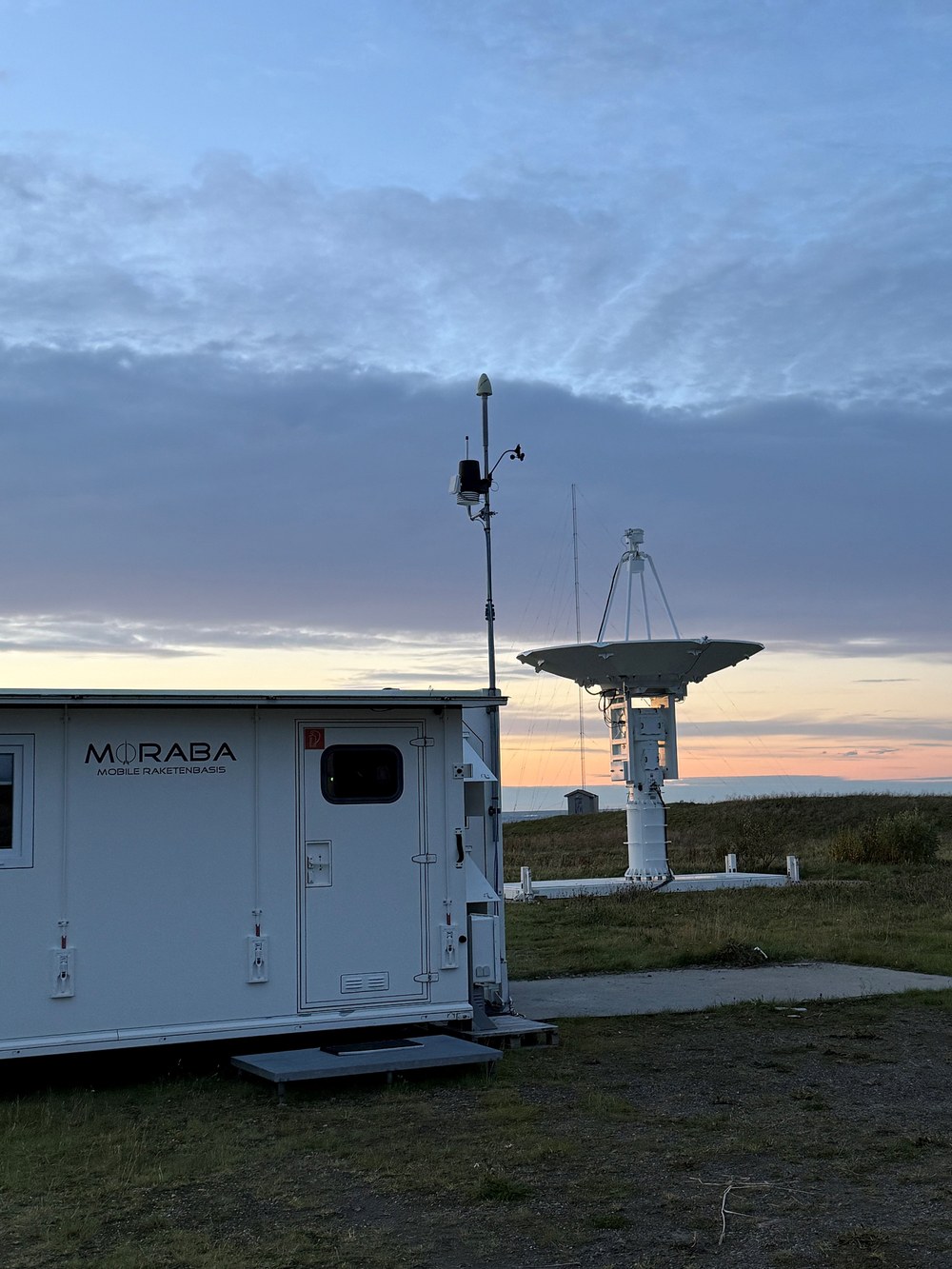
Once ATHEAt completes its mission, the real treasure should already have arrived safely and been stored: the flight data. More than 300 sensors are installed in the flight experiment. In addition, DLR has developed miniaturised, non-invasive sensors such as infrared cameras, laser scanners and radiation thermometers, also on board.
Everything on board a flight experiment must be as small and light as possible. To transmit data during the approximately five-minute flight, the telemetry systems run at full speed, sending measurements by radio to the receiving ground stations in and around the space.
Ready to go – flight campaigns are teamwork
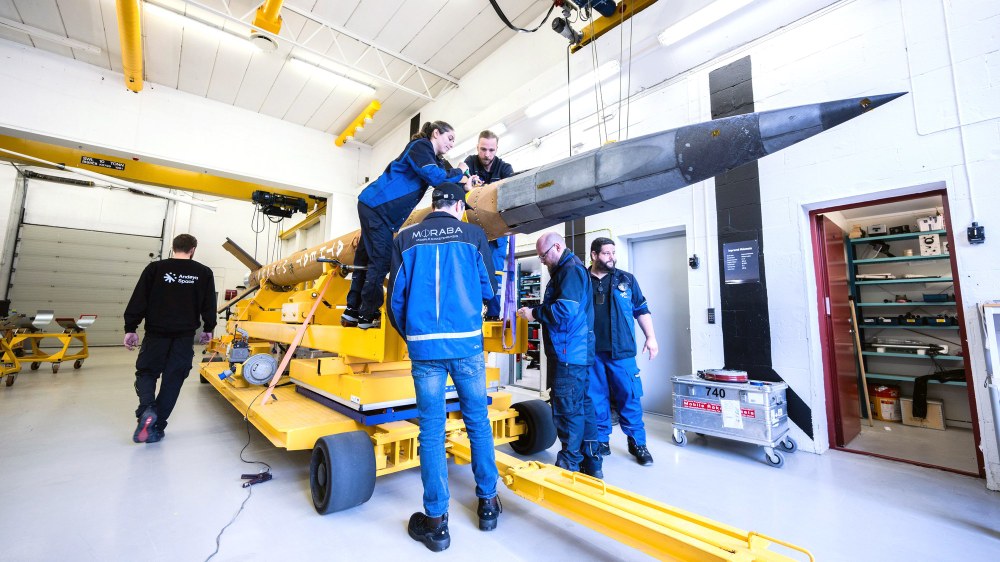
Several DLR institutes and facilities are working closely together on ATHEAt, contributing their research expertise and experience from earlier projects. Much of the work on site in Norway is structured and routine, shaped by the long-standing cooperation with colleagues at Andøya Space. Yet every flight experiment, like ATHEAt, remains unique – from the nose cone – made of a ceramic fibre composite material specially developed and manufactured at DLR – to the sensor technology and sounding rocket itself used as a transport vehicle. The latter is what ultimately gets the science into the air and accelerates it to the required speed. DLR also has its own dedicated facility for planning and carrying out such missions: the Mobile Rocket Base (MORABA).
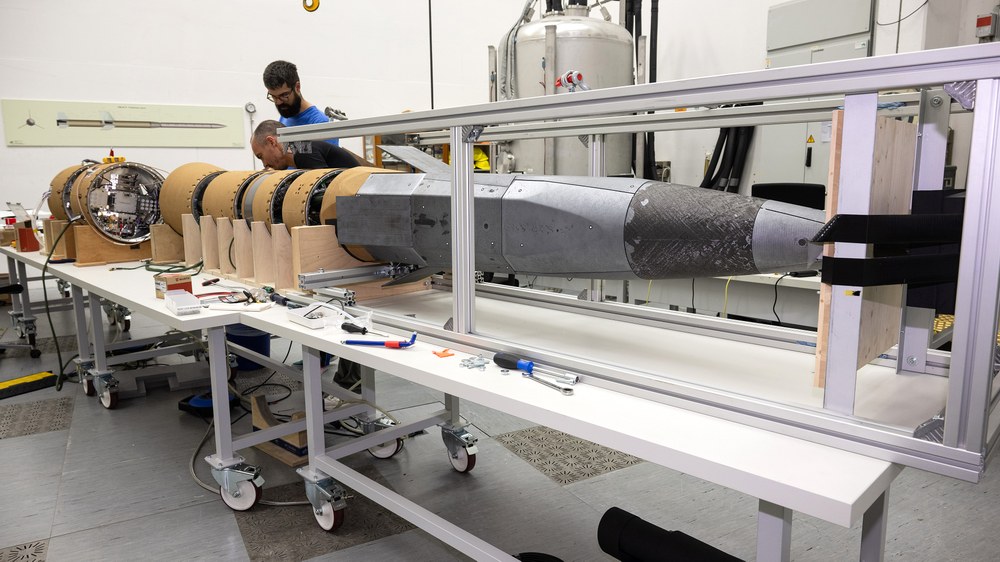
Despite the team's wealth of experience, unexpected challenges are inevitable – adding extra wrinkles and additional tasks on an already long to-do list. At the same time, this is what makes the project, and their work, so compelling. As preparations continue on site, the team can only hope the weather will also be ready for launch in early October.
Related links
Tags:
